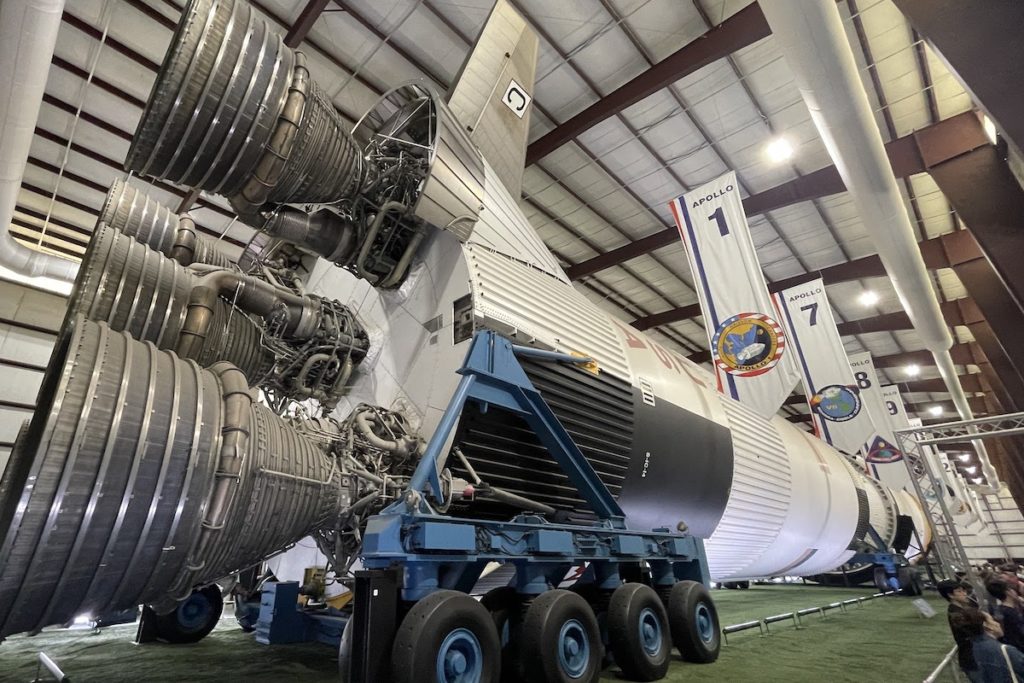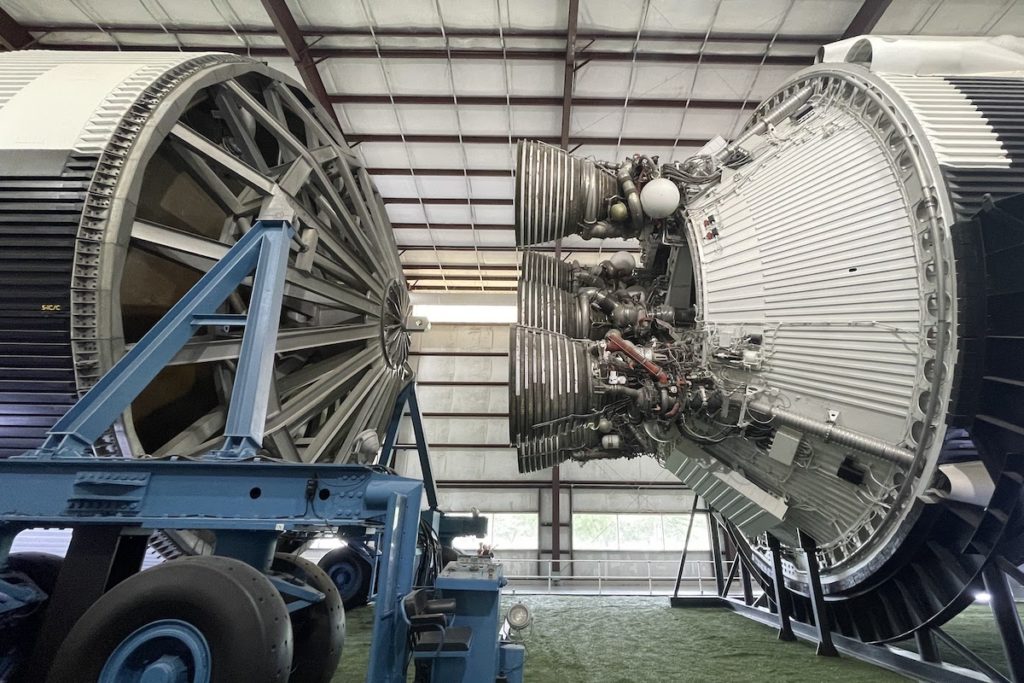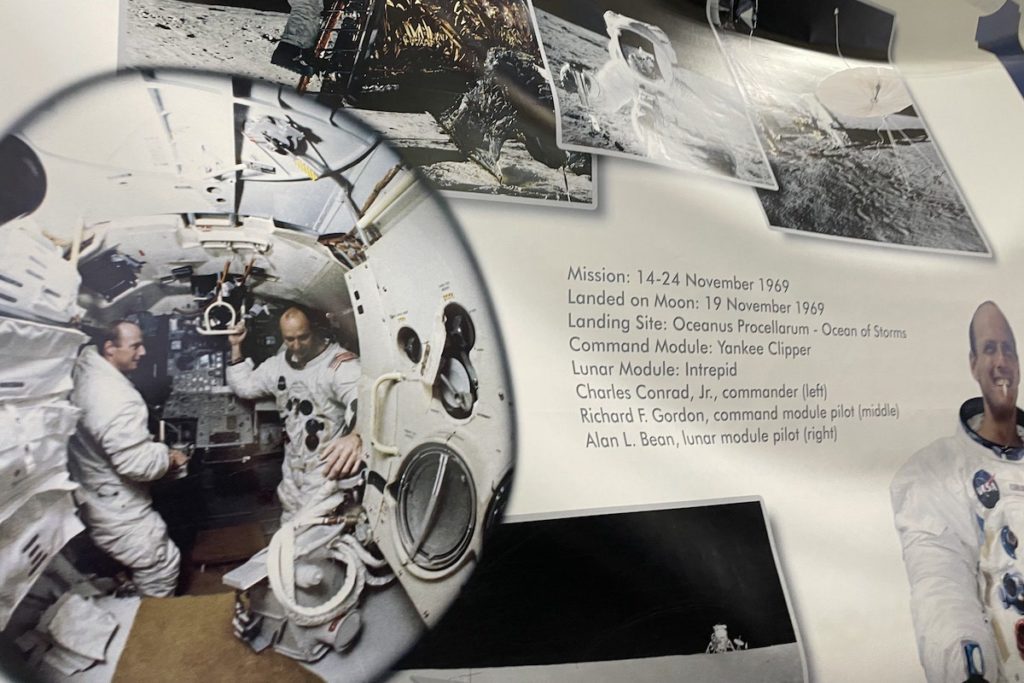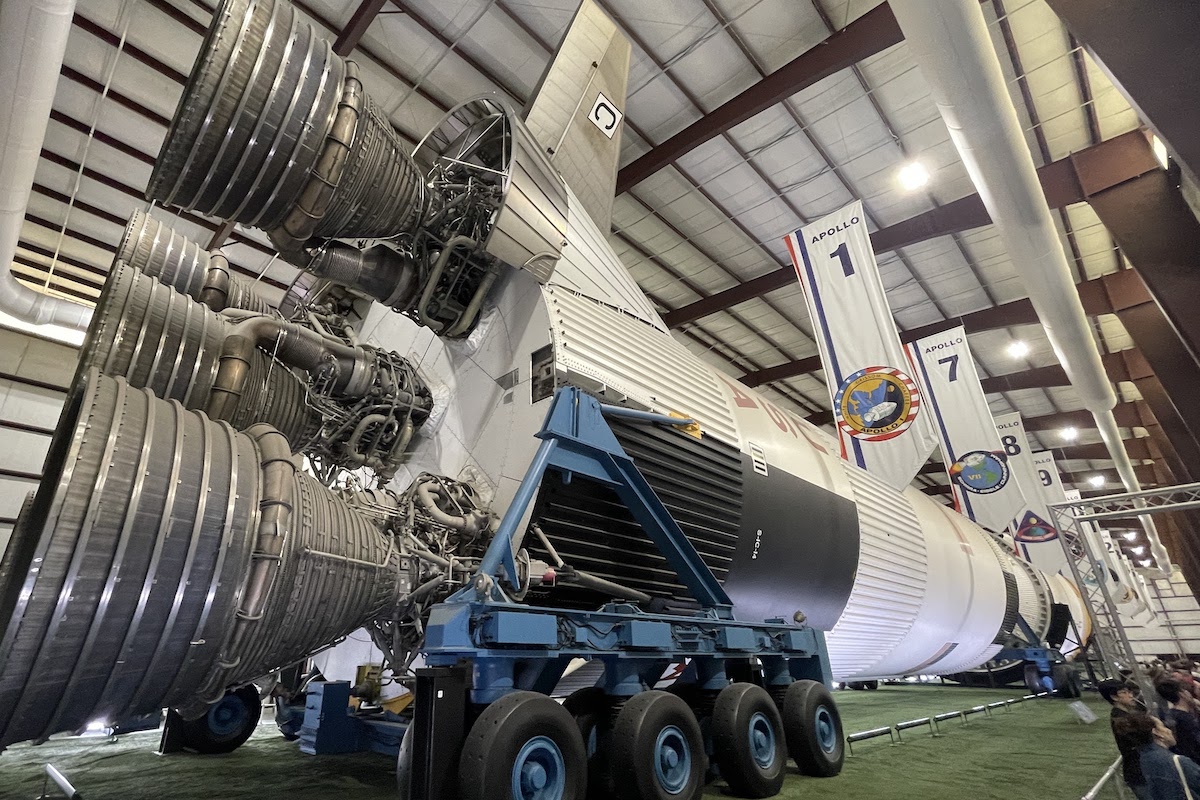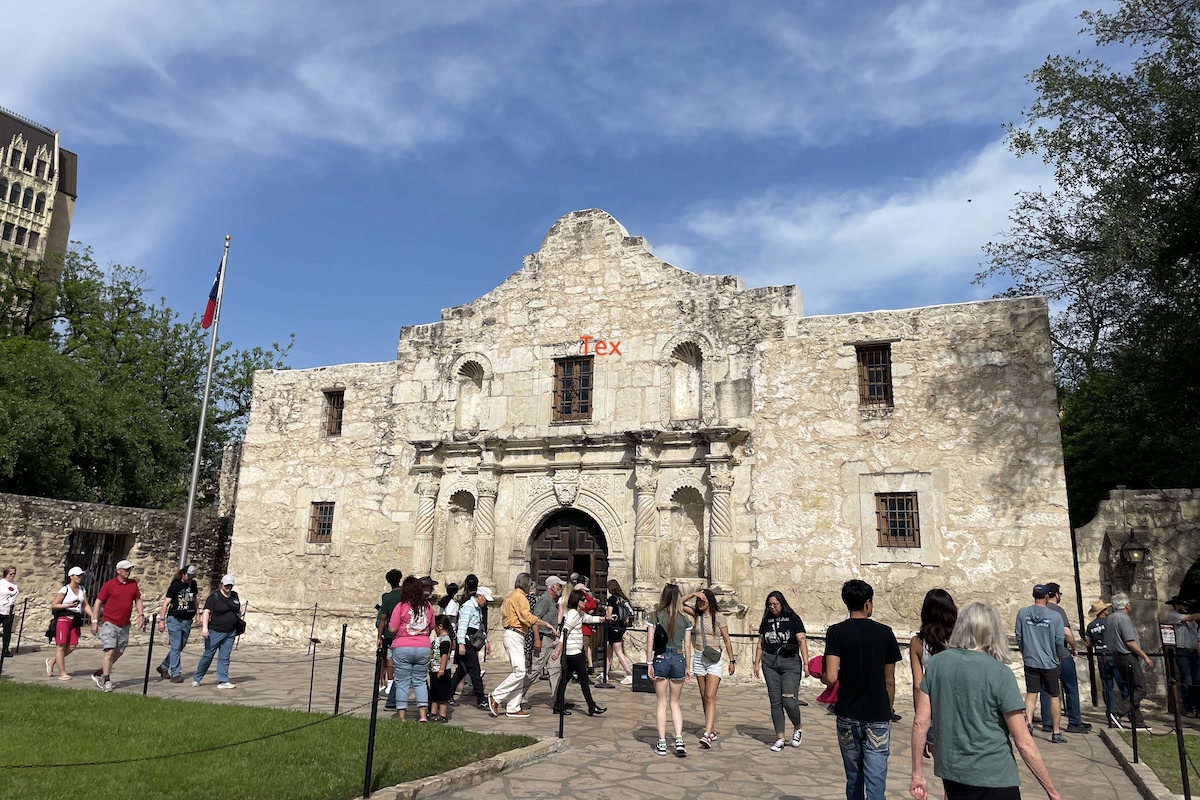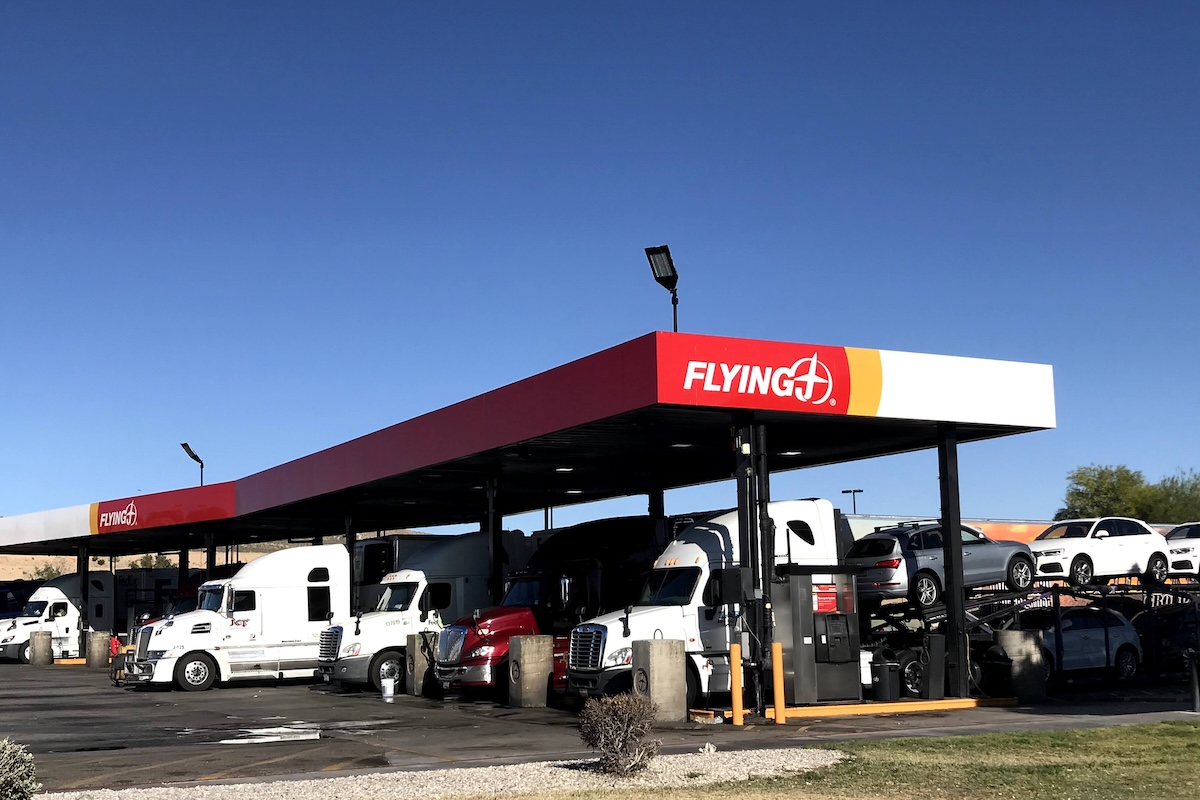Welcome to our space travel chronicles where we dive deep into the Apollo missions—the daring saga from NASA that took humans to the Moon! Let’s explore each mission, including those lesser-known initial steps after the tragic Apollo 1 fire.
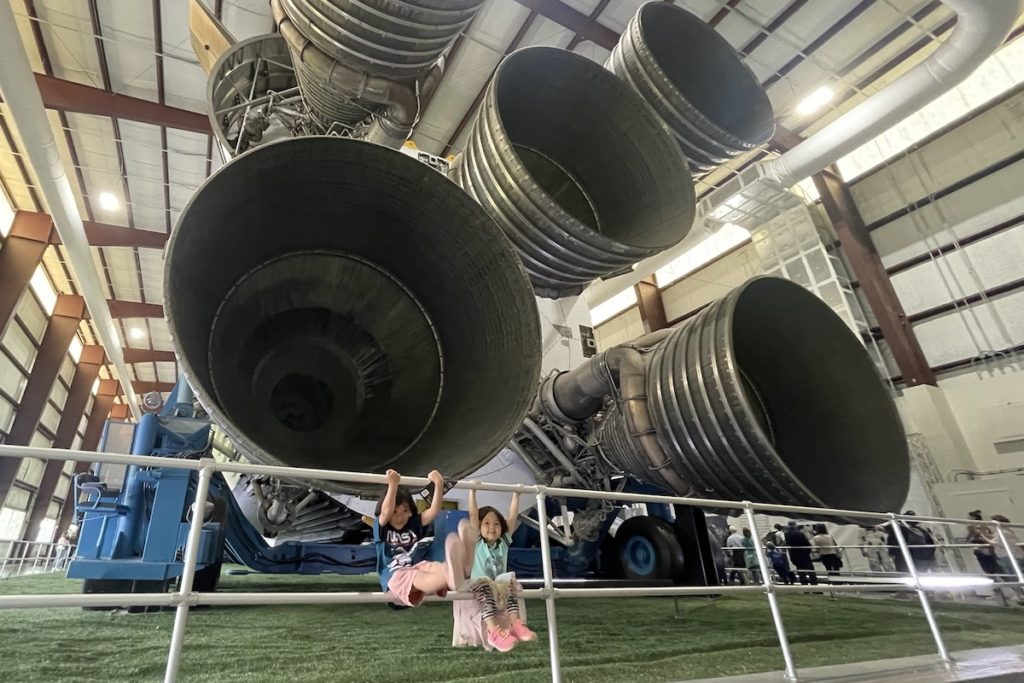
Apollo 1: The Heartbreaking Start
Apollo 1 ended in heartbreak with a devastating cabin fire during a launch rehearsal, claiming the lives of astronauts Gus Grissom, Ed White, and Roger B. Chaffee. This tragedy led to significant redesigns in the Apollo program, aiming for higher safety and robust engineering.
The Forgotten Apollos: Apollo 2 and 3
After Apollo 1, NASA reconfigured its mission lineup, transforming Apollo 2 and 3 into uncrewed tests to validate the new safety enhancements. These missions were crucial but rarely hit the headlines.
Apollo 4: The Phoenix Rises
On November 9, 1967, Apollo 4 marked a new beginning with the first uncrewed test of the mighty Saturn V rocket. The mission was a smashing success, proving the structural soundness of the rocket and spacecraft under extreme conditions.
Apollo 5: Testing the Lunar Module
Launched on January 22, 1968, Apollo 5 carried the Lunar Module into orbit all by itself. This uncrewed flight was all about testing the lunar lander’s legs—well, its engines, actually—ensuring it could safely land on and lift off the Moon.
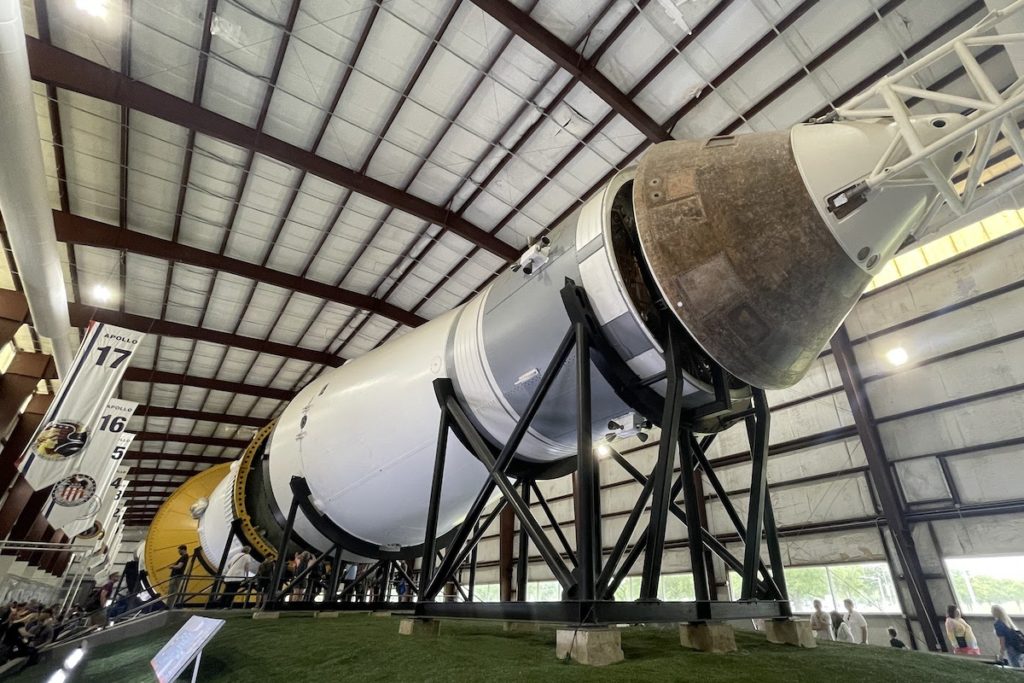
Apollo 6: A Bumpy Ride
The last of the uncrewed tests, Apollo 6, blasted off on April 4, 1968. Despite a rough start with engine issues, it gathered essential data, paving the way for future crewed missions.
Apollo 7: Back in Crewed Action
Apollo 7 was a big comeback—with astronauts aboard this time. In October 1968, Wally Schirra, Donn Eisele, and Walter Cunningham took the redesigned Command Module for a spin around Earth, and it was a full success.
Apollo 8: Around the Moon for Christmas
Imagine spending Christmas Eve orbiting the Moon! That’s what Frank Borman, Jim Lovell, and Bill Anders did in 1968 during Apollo 8. They gave us our first live TV tour of the Moon and Earth, and it was nothing short of magical.
Apollo 9: Lunar Module Shakedown
Back in Earth orbit, Apollo 9 in March 1969 was all about the Lunar Module, testing its ability to work with the Command Module. James McDivitt, David Scott, and Russell Schweickart made sure everything was ready for a moon landing.
Apollo 10: The Full Dress Rehearsal
Apollo 10 in May 1969 might as well have landed on the Moon. Astronauts Thomas Stafford, John Young, and Eugene Cernan took the Lunar Module super close—just teasingly close—to the lunar surface, rehearsing for the real deal.
Apollo 11: That One Small Step
Fast forward to July 20, 1969, and it’s Neil Armstrong and Buzz Aldrin making history with their first steps on the Moon, with Michael Collins orbiting above. Apollo 11 wasn’t just a mission; it was a global moment of triumph.
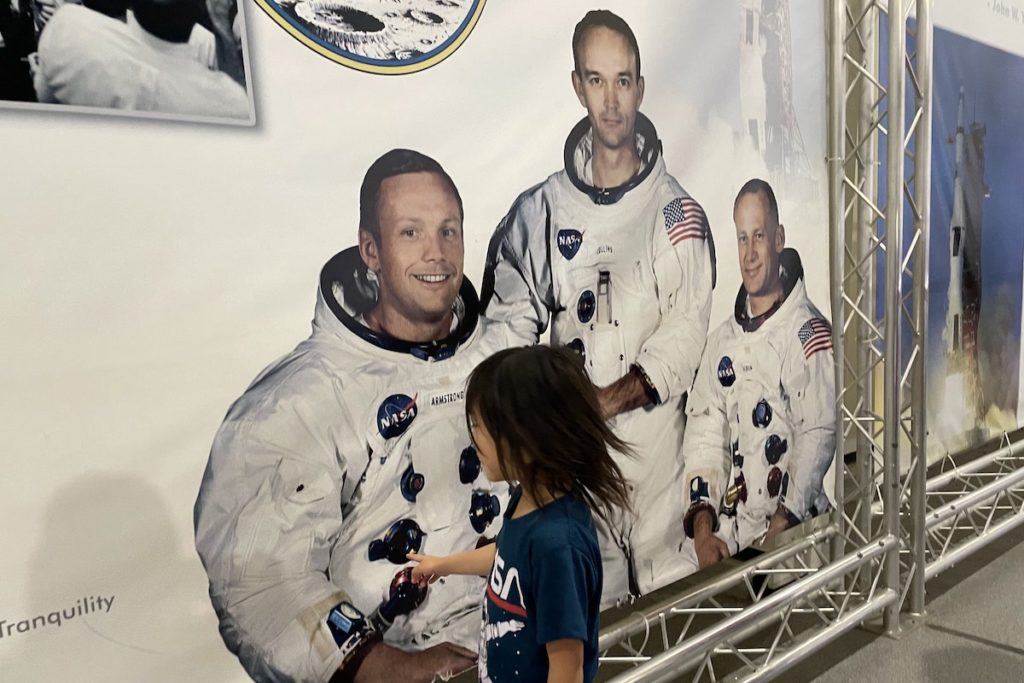
Apollo 12 through 17: Expanding the Legacy
Following Apollo 11, each mission was pushed further. Apollo 12 pinpointed its landing next to an earlier probe. Apollo 13, though nail-biting, showcased incredible problem-solving. Apollos 14 through 17 expanded scientific exploration, with Apollo 17 marking the last Moonwalk in December 1972.
The Apollo missions were more than technological feats; they were a collection of human stories, cosmic explorations, and dreams turned into reality. Each mission, from the fiery start of Apollo 1 to the final steps of Apollo 17, tells a story of resilience and curiosity. Thanks for reliving these spectacular journeys with us! Join us next time as we venture further into the stars and beyond!
